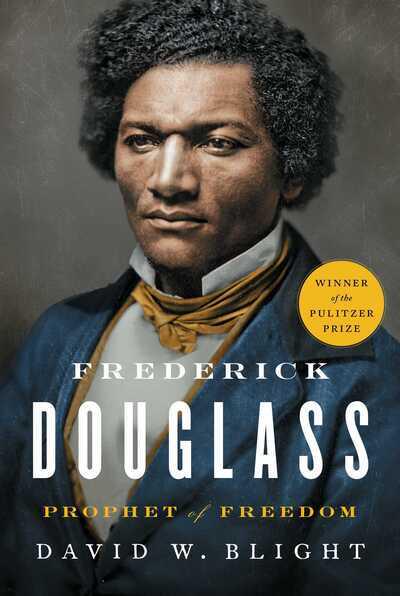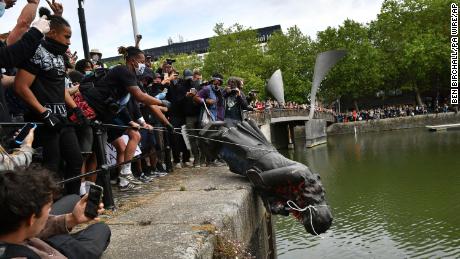
The good news? I've read 450 pages of the fascinating biography of Frederick Douglass by David Blight. The thing is, there are still 300 to go. I've been at this for months, putting it down and picking it up again.
Douglass was born a slave, escaped to the North as a young man, and eventually became the tireless spokesperson for emancipation. Douglass was not a clergyman but he was steeped in the bible. Many of his brilliant speeches were sermons, with countless references to scripture.
Douglass's life intersected with that of the other great orator of his time, President Abraham Lincoln. It was Lincoln who eventually signed the Emancipation Proclamation, freeing millions of slaves, human beings who should never have been property in the first place.
I was shocked to discover that while Lincoln was committed to freeing slaves he by no means saw People of Colour as equals In fact he believed that they were intellectually and morally inferior . In one of the darkest moments of his presidency he summoned several Black ministers for a supposed discussion about emancipation. In was really a one-sided lecture on the great and insurmountable divide between Blacks and Whites which could not be overcome. The United States government had been in discussion with several countries about the permanent expatriation of US slaves, deporting them to one or more of these countries. They would supposedly be free, but they could not stay in America.
This proposal stunned the Black clergy, and it obviously never came to fruition. And slaves were freed, making Lincoln one of the great figures of American history even though he was a racist --how else would we describe his views and plans, other than racist?

I've thought about this as statues and public tributes to slave owners, slave traders, and others who expressed racist views have been defaced, removed, or toppled in recent weeks. Most of them shouldn't have been erected in the first place, given how egregious the actions were of those being commemorated. One of the first statues to go, toppled into Bristol Harbour in Great Britain was of Edward Colston, a man who became wealthy through the slave trade. While Colston shared his wealth through worthy projects (hence the statue) an estimated 19,000 slaves on his ships died in transit to North America.

Lincoln's execution order for Dakota warriors
It's a different story with Lincoln who was not a slave owner as were other presidents. Still, he's not an unblemished hero. He also ordered the execution by hanging of 28 Dakota warriors and "half-breeds" in what is one of the darkest days of this First Nation's history. Does this mean the majestic Lincoln Memorial shouldn't exist? Do the expectations of 2020 apply to the 1860's or other eras? We could argue that the elements of racism apply in any age, which is true. How revisionist are we willing to be in this regard?
I'm here to say that I don't have an answer, but it will be part of the discussion is these turbulent times. God only knows where this will take us, but let's pray it's somewhere meaningful and lasting.

Edward Colston goes for a swim
Well, those are stories that are never told in history classes in schools ! (and I bet Trump would say these books are "fake tales")
ReplyDelete